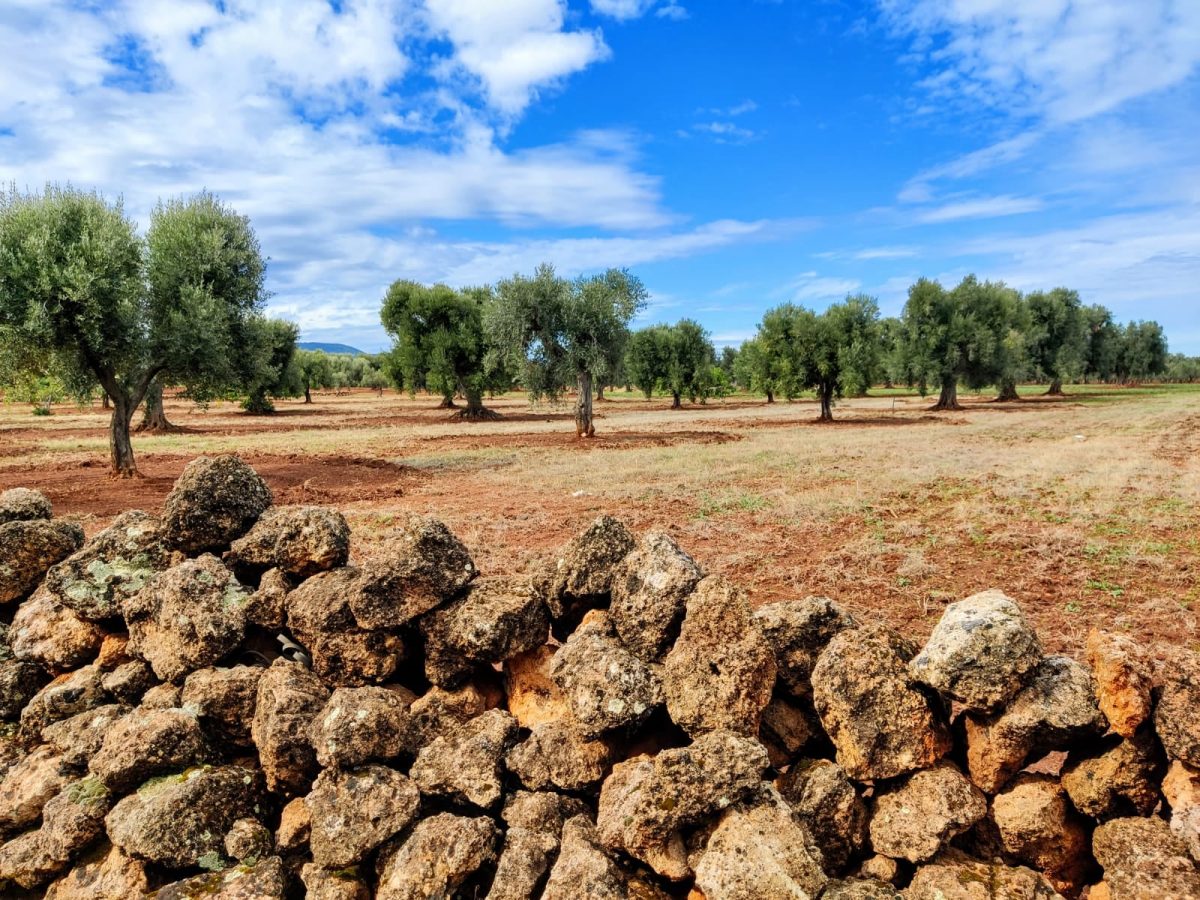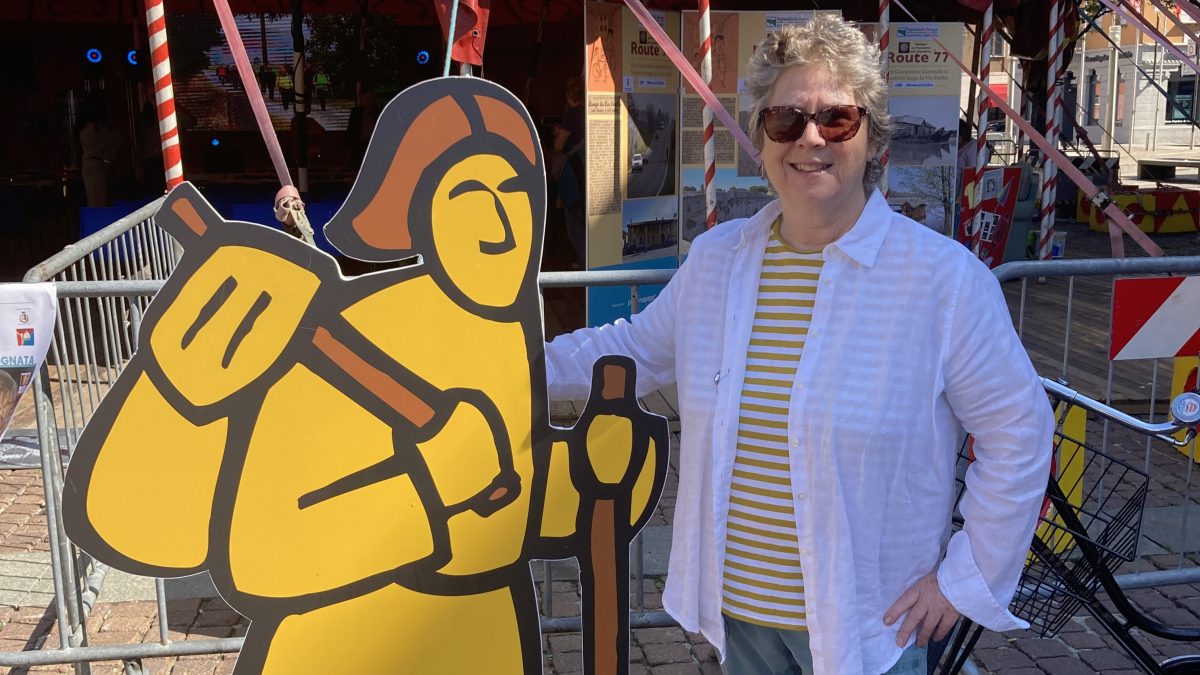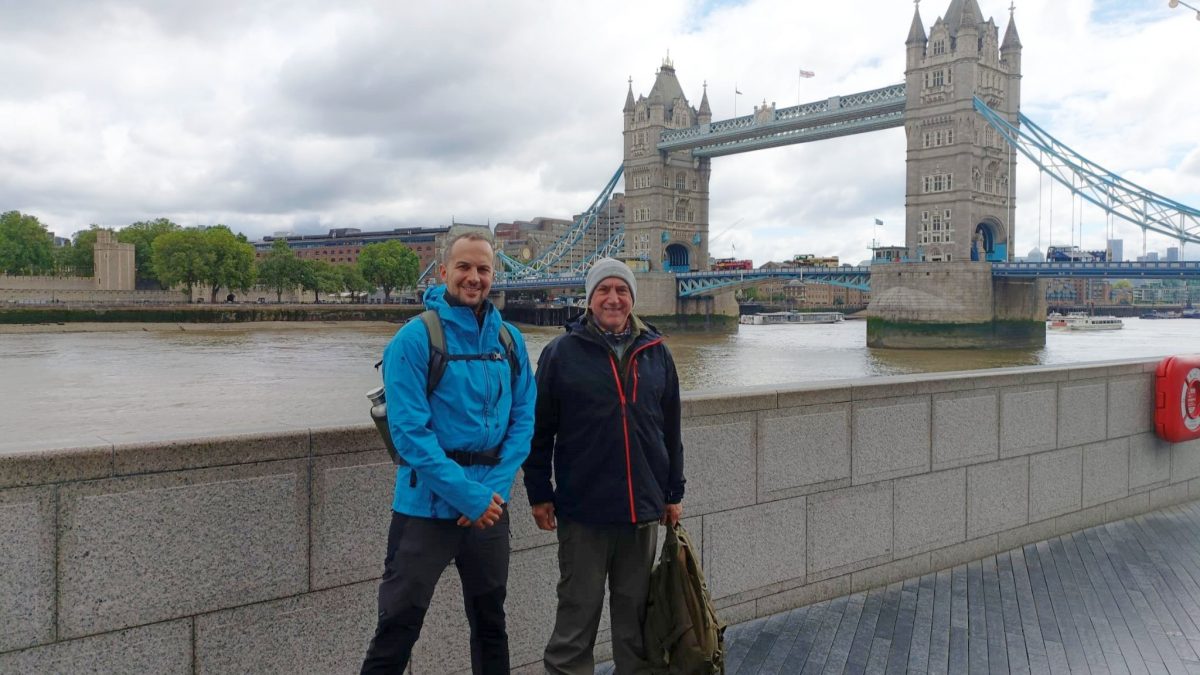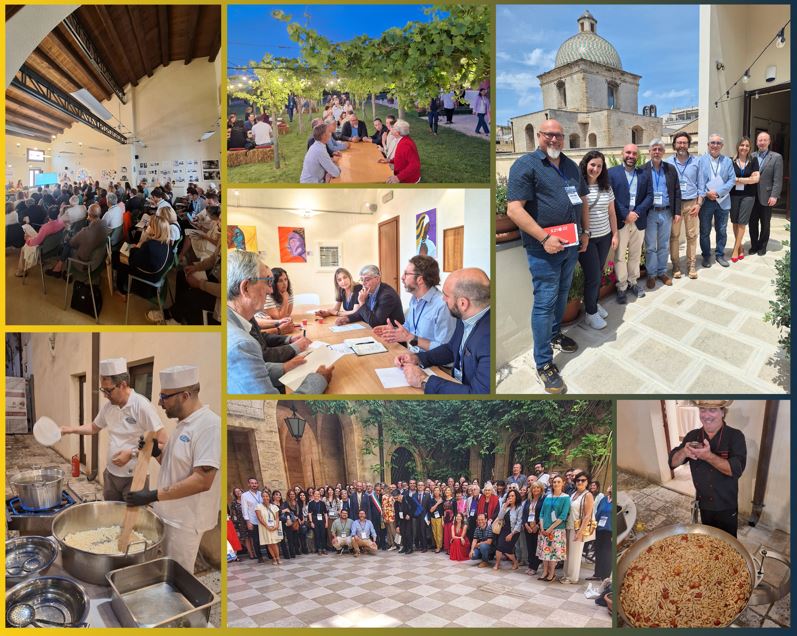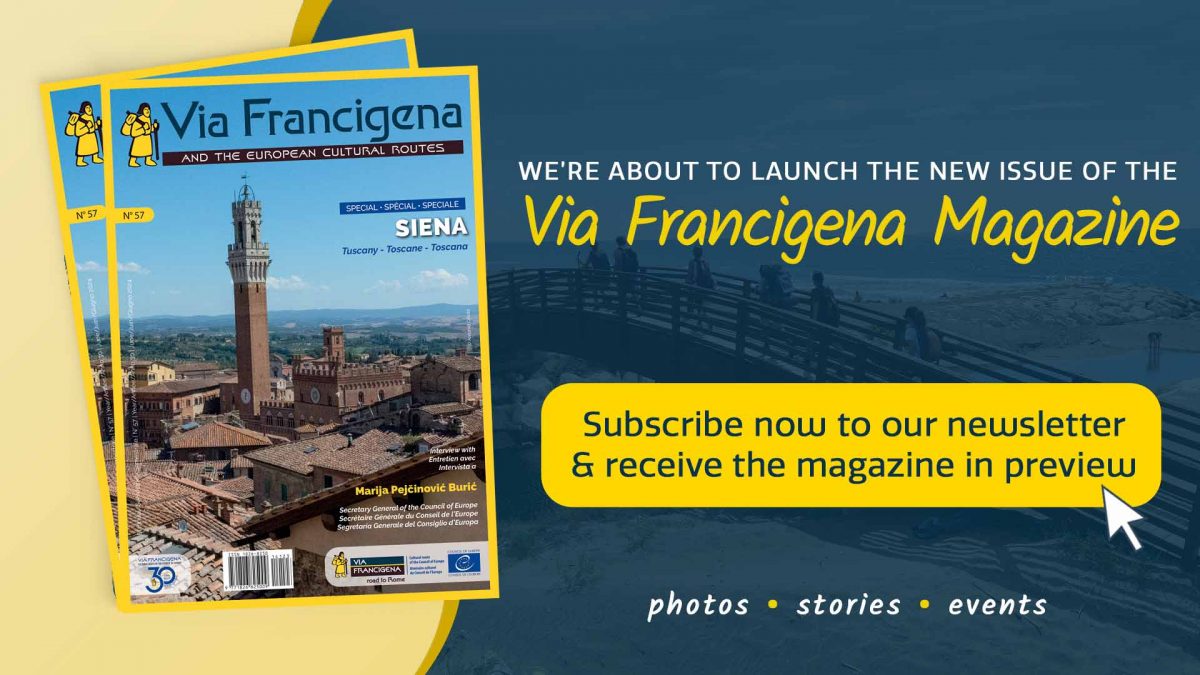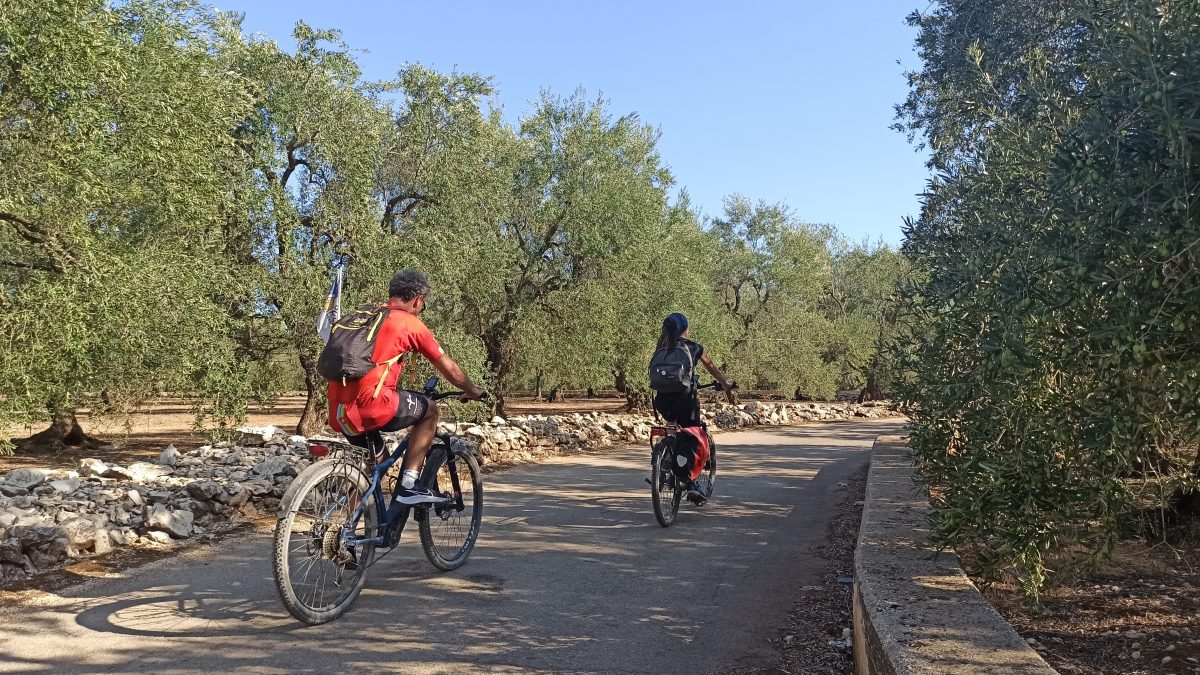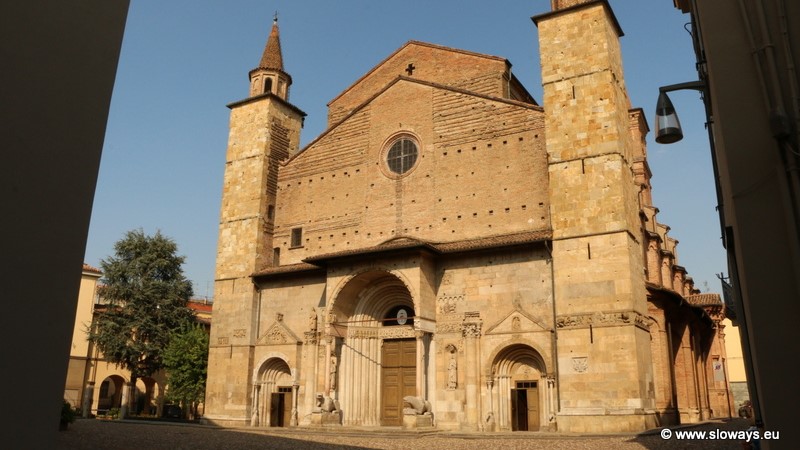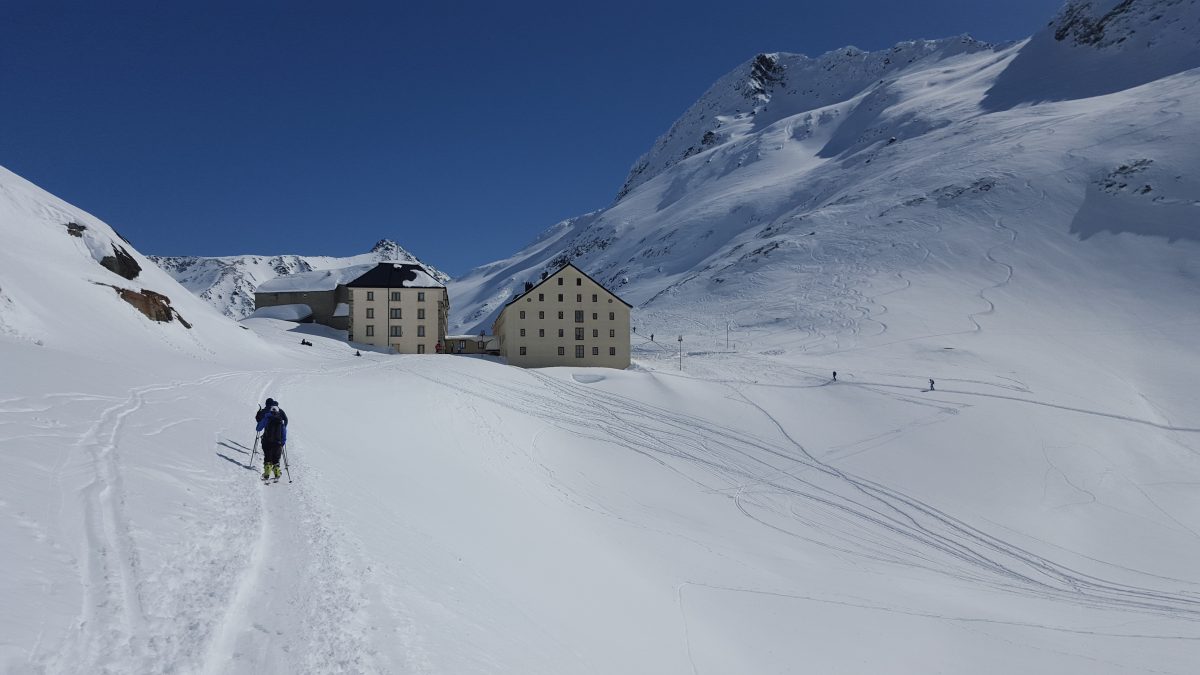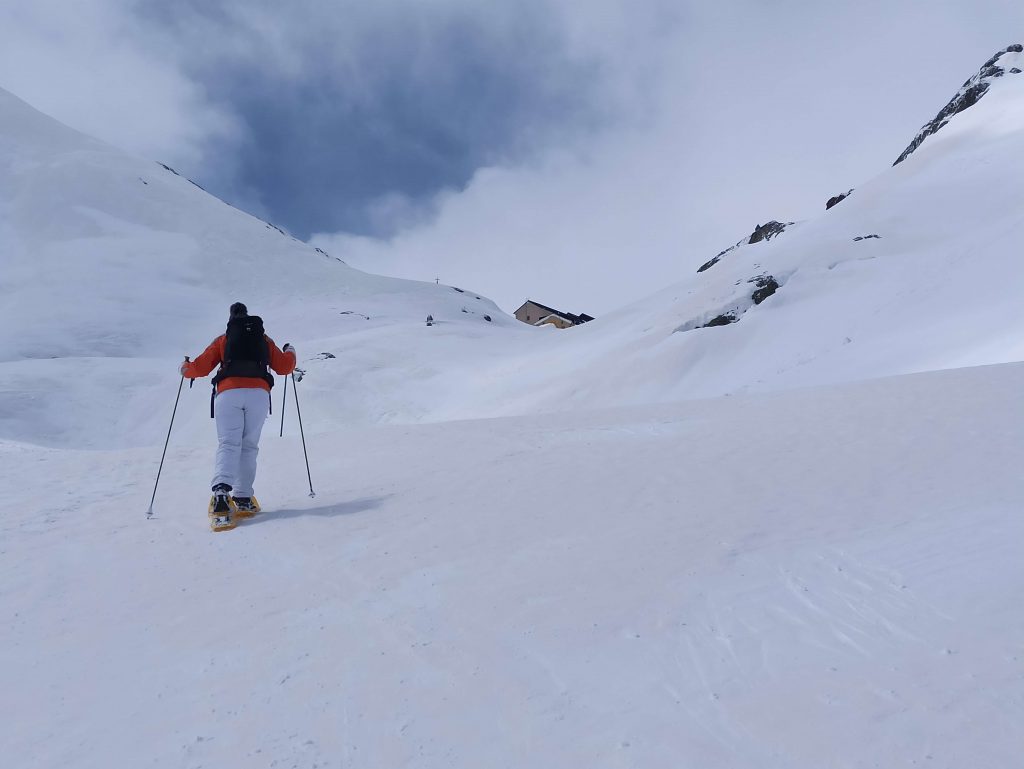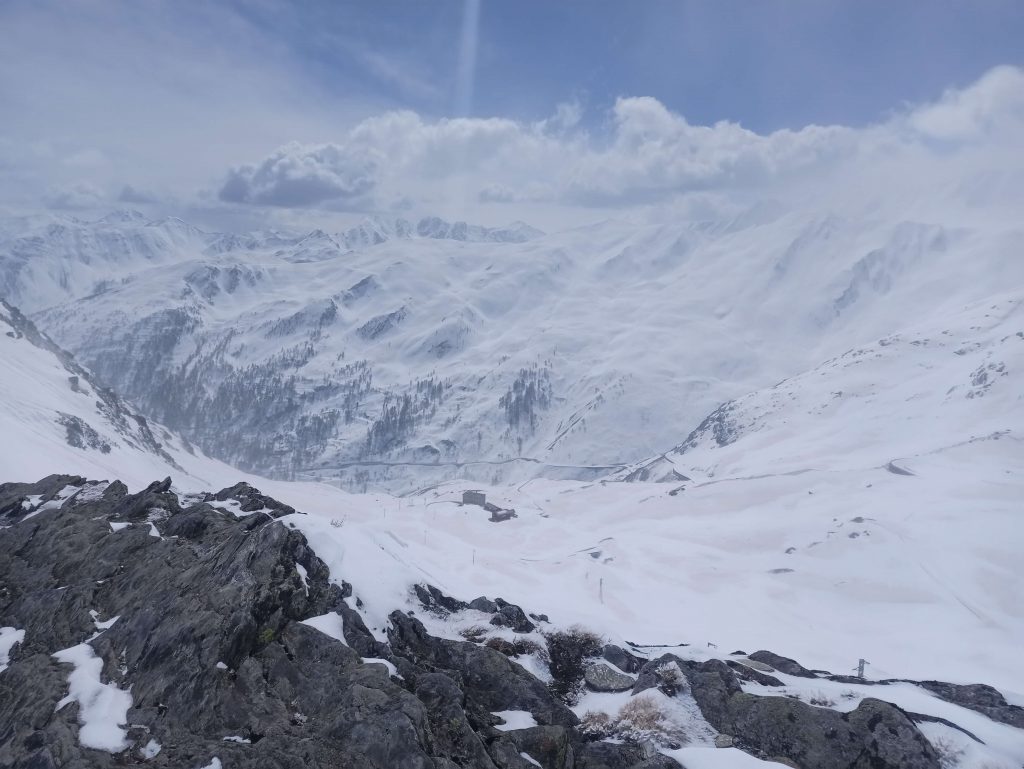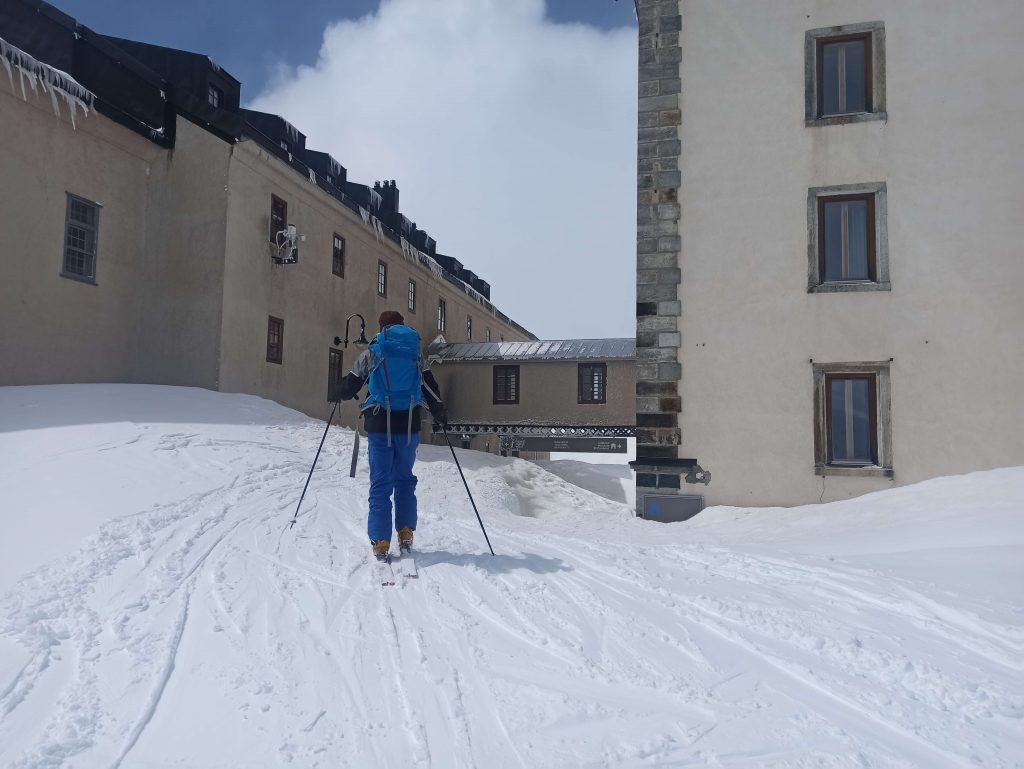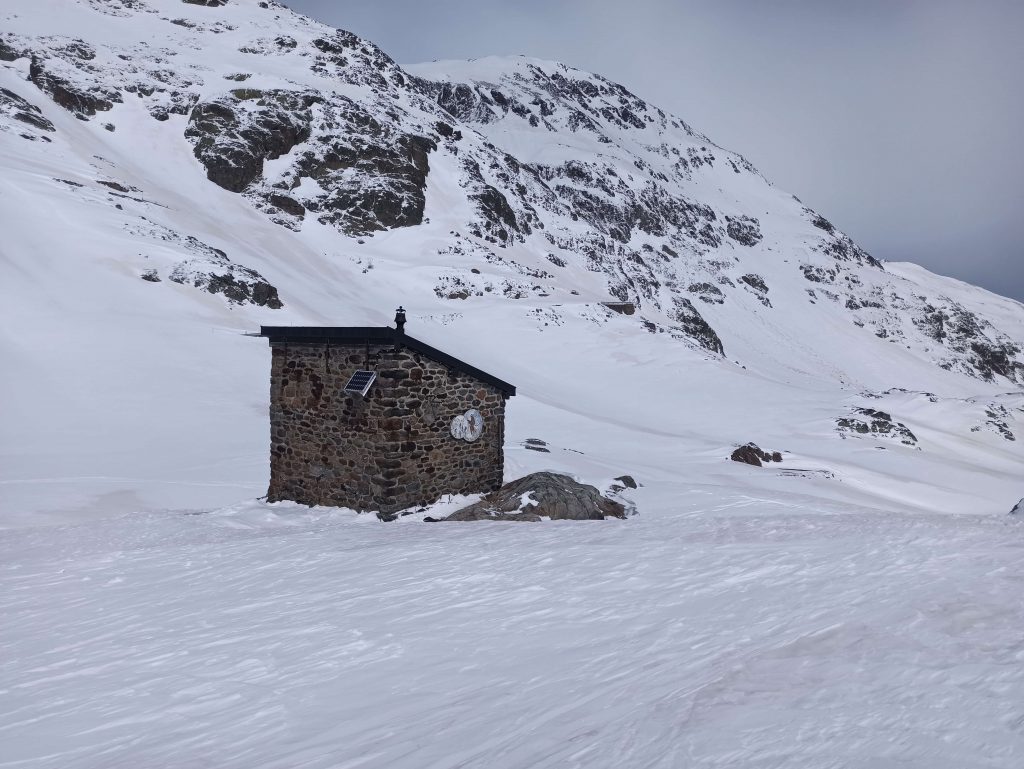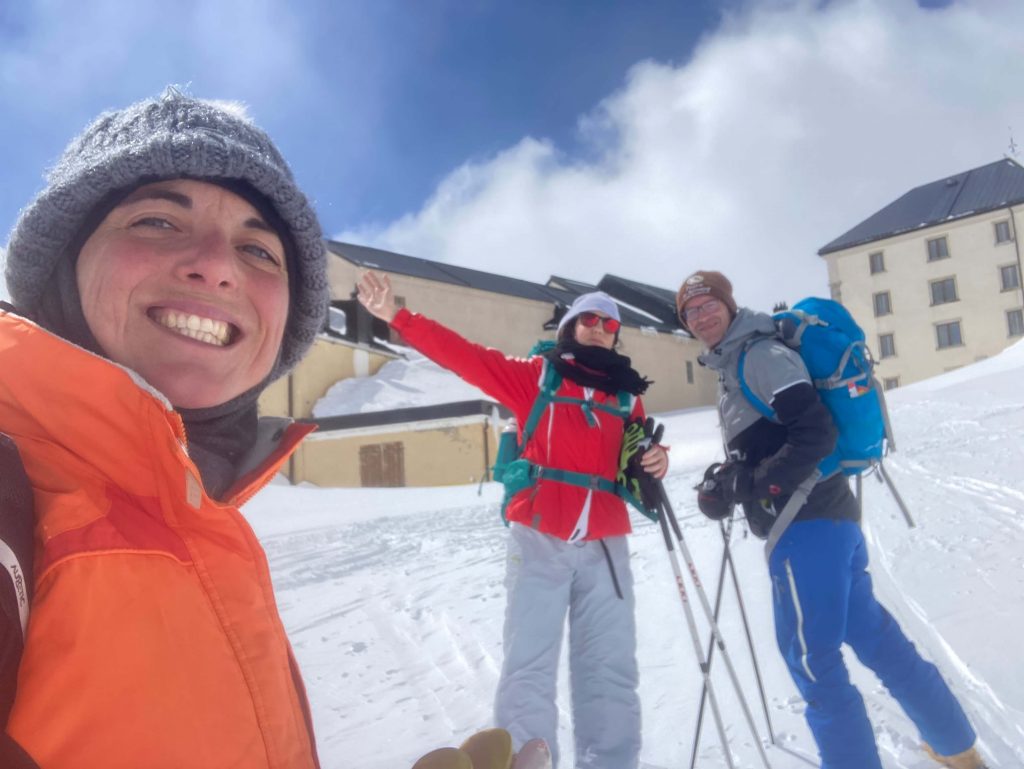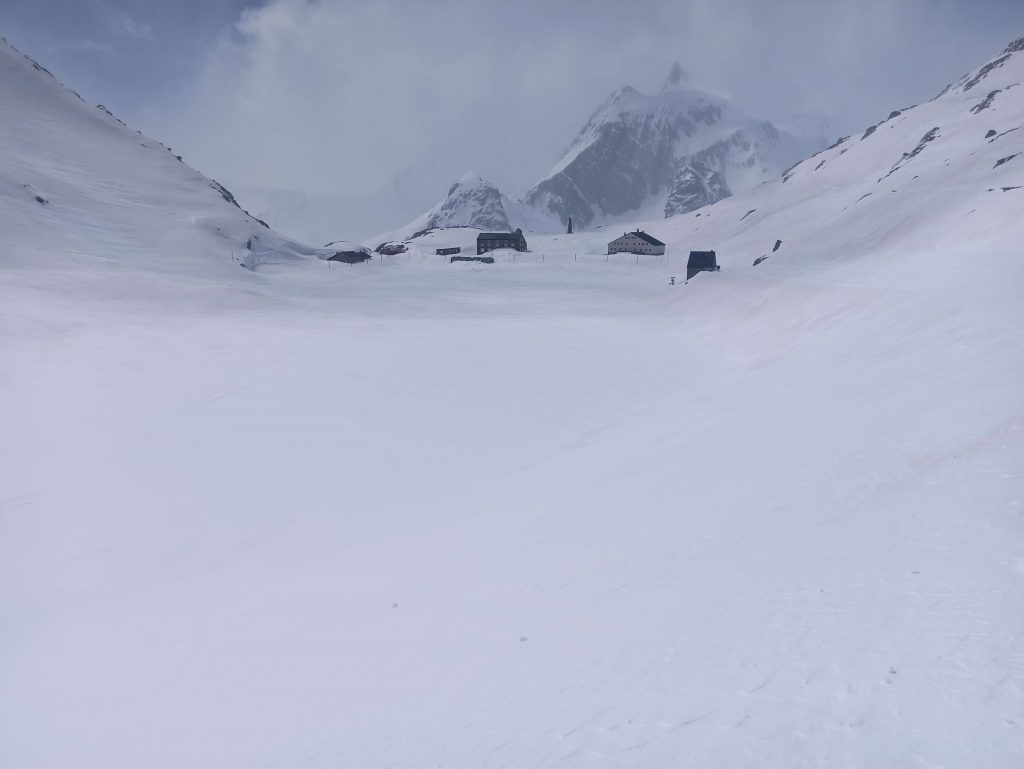Launched in April 2024, the HIKE initiative is ready to unveil the first details of the upcoming hikes in the three countries involved in the project. Here is a preview of the program, which is still being updated. Join us to walk through the beautiful stages of the Via Francigena in Puglia, and other trails in Greece and Turkey with the project partners The Paths of Greece and Culture Routes Society.
In September 2024, six hikes are planned along the Via Francigena, from Bari to Brindisi. These walks, scheduled for the weekends from September 12 to 15 and from September 27 to 29, will take us to discover the Bari area through the coastal beauties of Polignano a Mare, Monopoli, and Ostuni. The following weekend, we will explore the historical sites around Brindisi. In conjunction with the European Week of Sport, these events will combine free walks open to everyone with activities and workshops on physical preparation and safety during a hike along the Via Francigena.
The details in Italian are available here and the registration form will be soon online on the official website.
In October 2024, it will be Greece’s turn with the Via Egnatia, a historical route traced by the Romans, extending from Edessa to Arnissa, passing through locations such as Agras, Nisi, Ekklisiochori, and Prophitis Ilias. The hike will begin on October 11 at the picturesque Edessa waterfalls, then proceed through the lands of Agras and conclude near the tranquil Lake Vegoritida in Arnissa. The adventure continues the following weekend with a 17 km circuit around Prophitis Ilias, ending with a 10 km walk on October 20 through the historical sites of Edessa. Built between 146 and 120 BC, the Via Egnatia remains a significant symbol of Roman engineering, extending approximately 1,120 km from Durres to ancient Byzantium, present-day Istanbul. Named after the Roman governor of Macedonia, Gnaeus Egnatius, this road played a crucial role in establishing the Eastern Roman Empire.
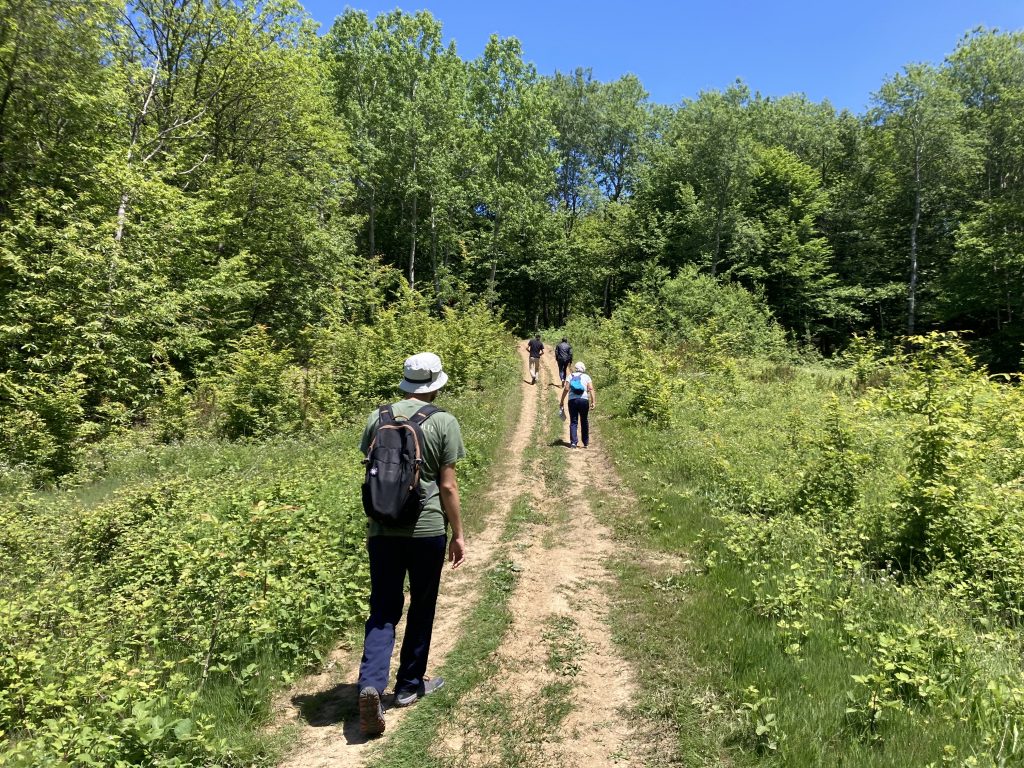
Finally, in November 2024, we will explore the Tolerance Way in Turkey, discovering the rich history around Izmit. Amidst untouched nature and cities to find, these trails cover areas of great charm, such as the Izmit waterfront, the natural parks of Kayalar, and the historic villages of Servetiye and Kırıntı, with the ancient aqueducts of Gölkay Park. Animations and targeted activities will enrich the walks, combining physical activity with culture and field training. The Via della Tolleranza, approximately 126 km long between Izmit (Nicomedia) and Iznik (Nicea), draws inspiration from historical figures such as the French traveler Charles de Peyssonnel and the Canadian botanist Robert Chamber. This significant route has been notable since Roman times, highlighted by the Edict of Tolerance of Emperor Galerius in 311 AD, which paved the way for the first religious freedoms.
Each event of the HIKE project promises unique experiences suitable for all levels of hikers. Keep an eye out for further details on the official website here.



